
Welcome back to my joining of a 1962 Disneyland Tour Guide Script and era-appropriate photos to illustrate what the Disneyland Tour Guides were talking about. Today's journey starts out on the...
MINE RIDE
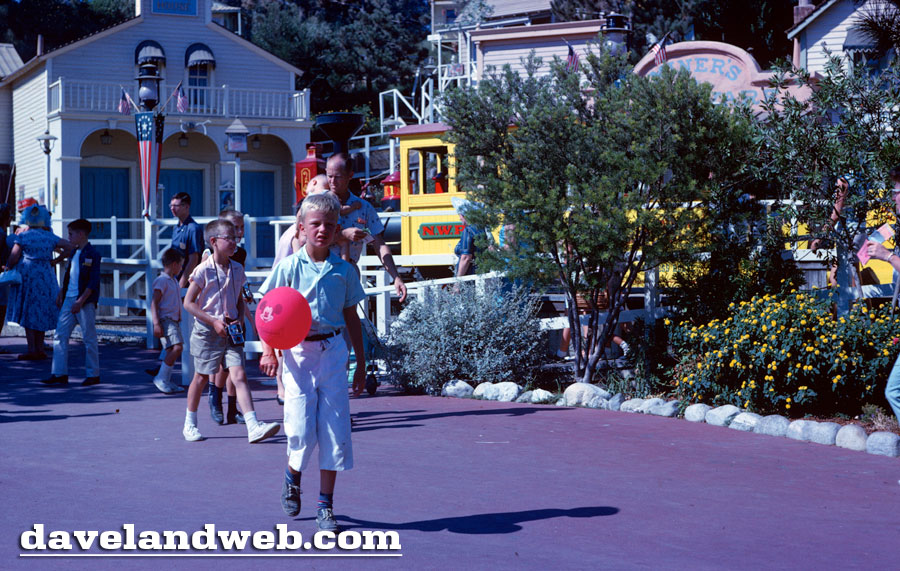
This is Rainbow Ridge, gateway to newly discovered Nature's Wonderland. Here Walt Disney has recreated some of his famous True Life Adventure films. The scenes of these nature stories have been transformed into moving living characters here in Nature's Wonderland.
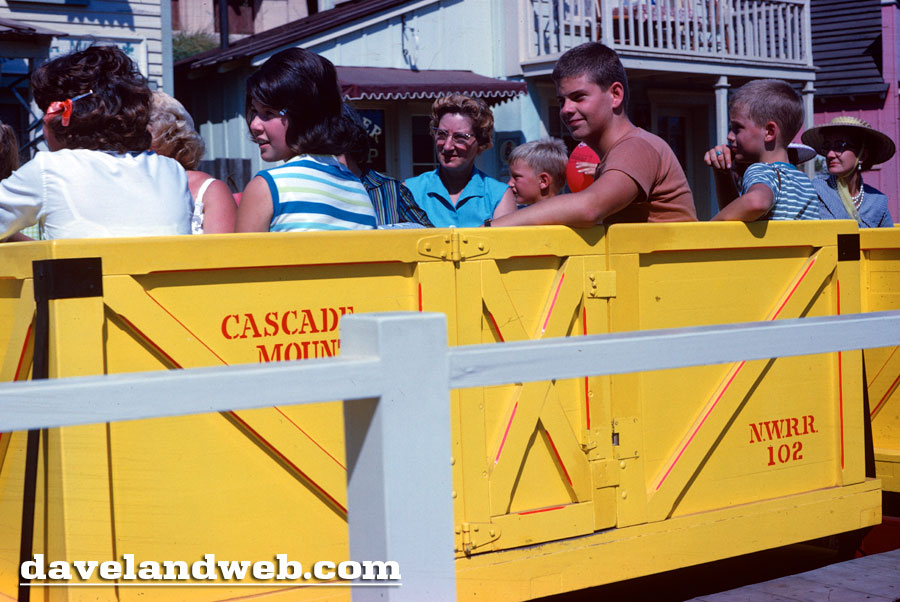
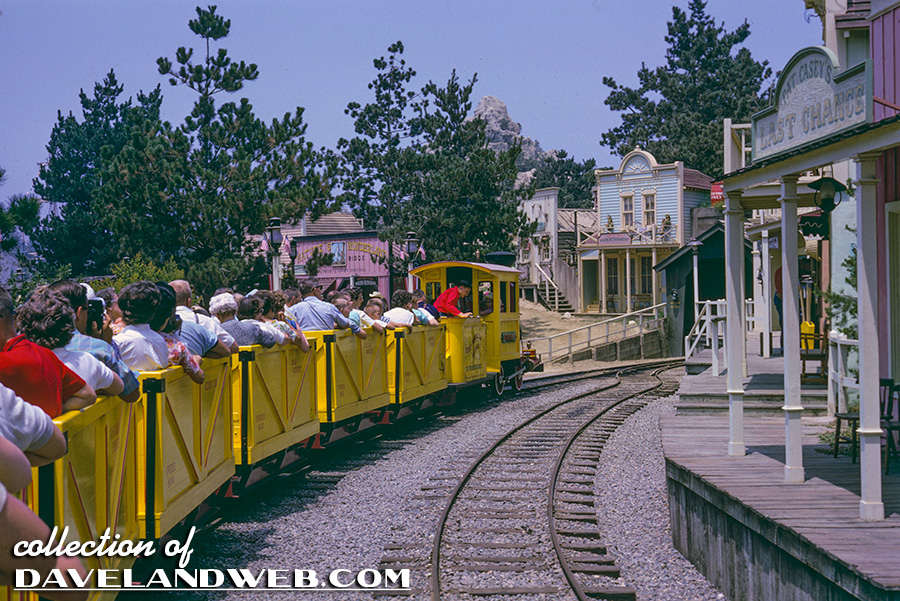
In a moment we'll board a Mine Train for a trip into Beaver Valley and under the falls of Cascade Peak,...
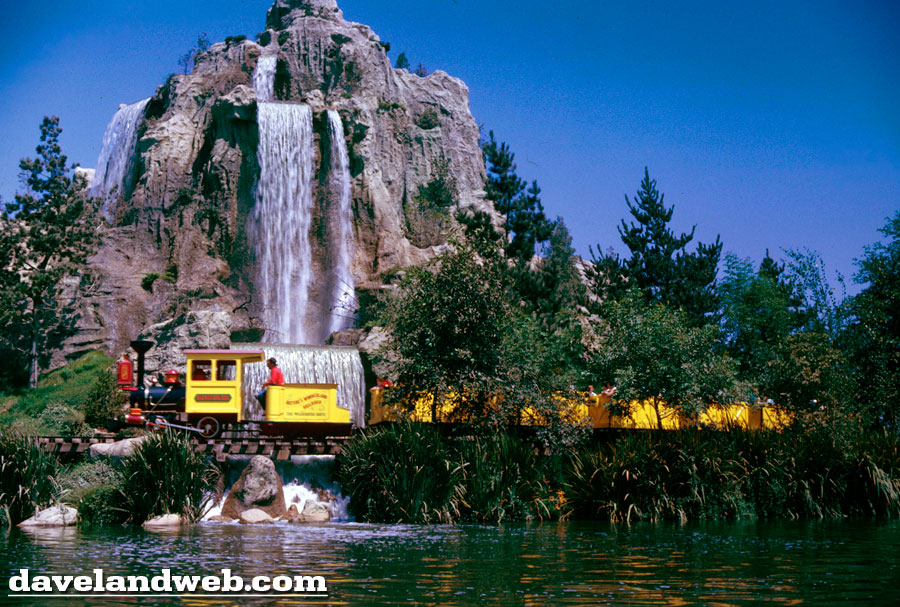
on to Bear Country,...
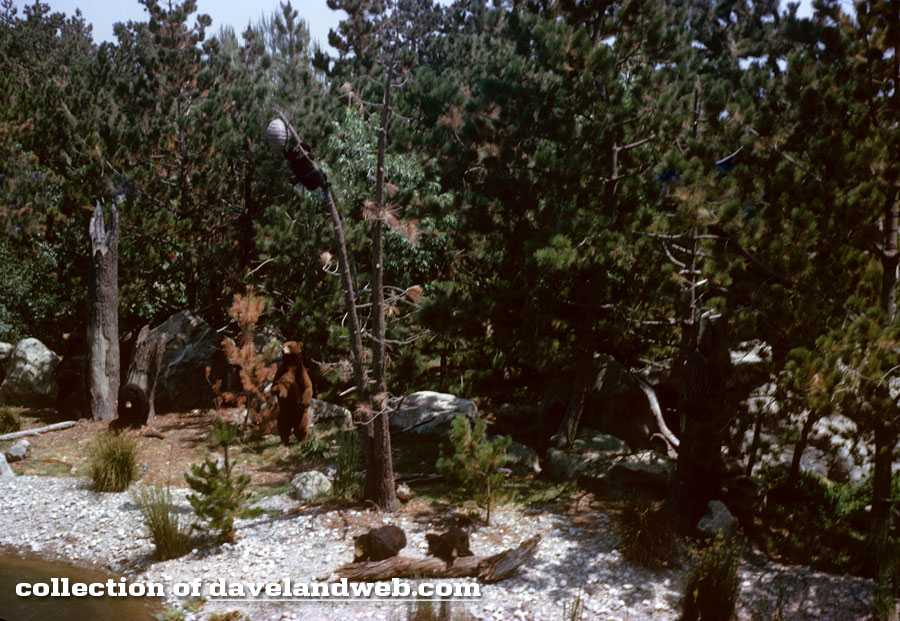
the Great Living Desert...
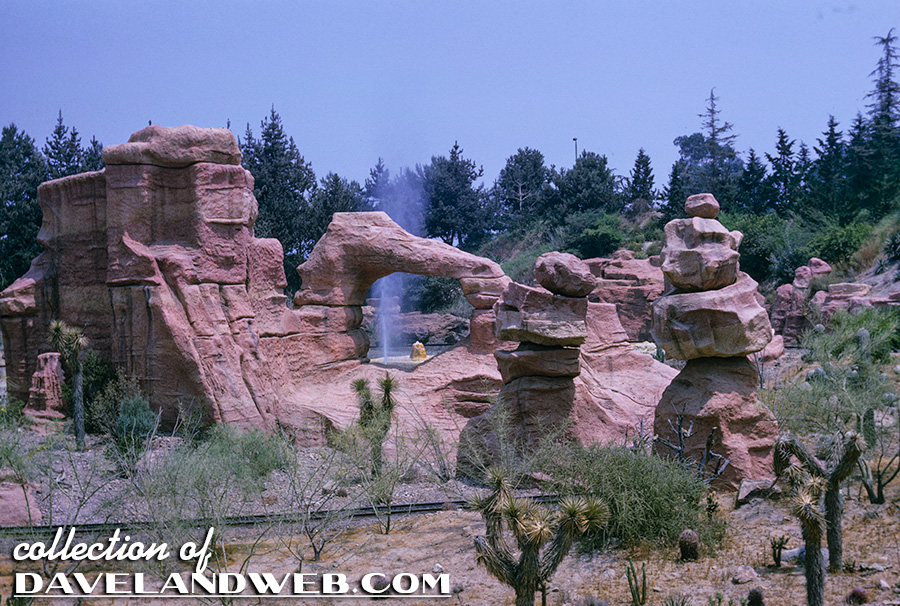
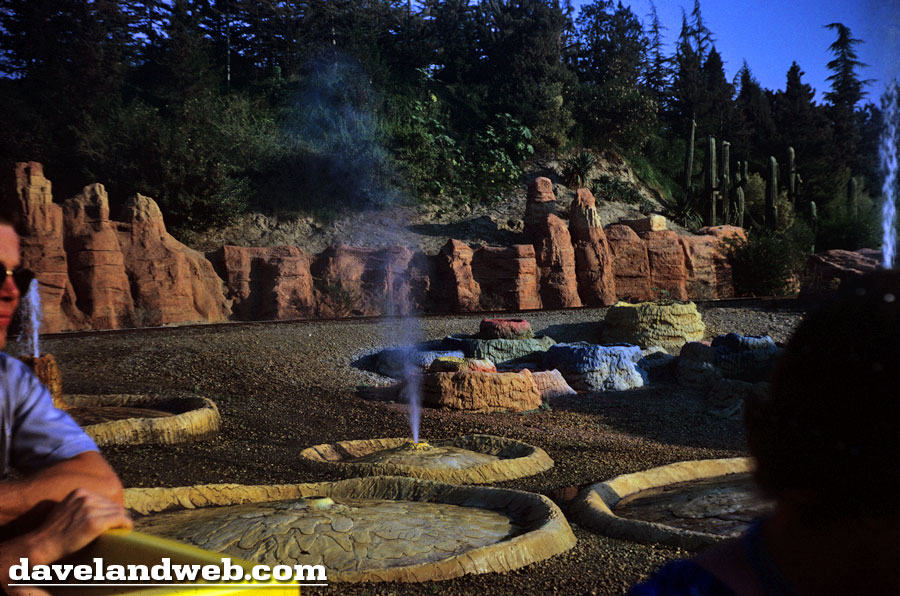
and finally down into the beautiful Rainbow Caverns colored waterfalls.
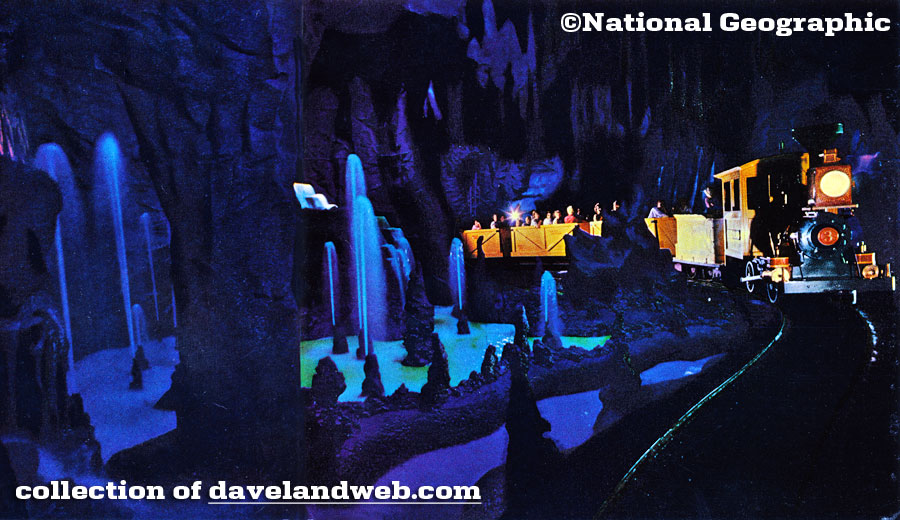
So if you're all set to see some of the wonders of nature—let's go.
AFTER RIDE
You might be interested in knowing that the colored waterfalls are created through the use of fluorescent dyes in the water and black light. An elaborate pumping system circulates over 43,000 gallons of water per hour. And now we'll be leaving the old west and Frontierland. Our next stop will be out on the Central Plaza.
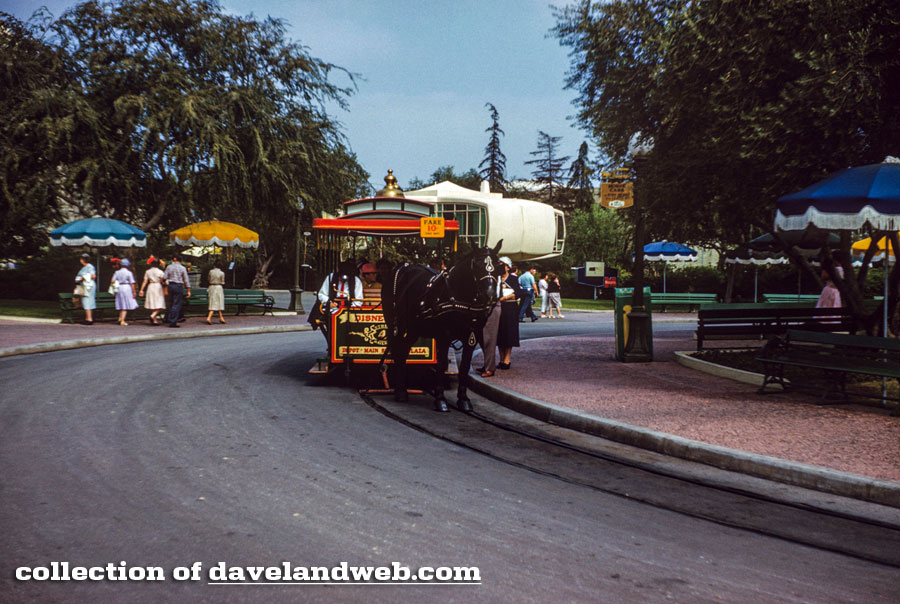
To resume your vintage tour, come back tomorrow and meet us in Central Plaza!
See more vintage Nature's Wonderland photos on my Nature's Wonderland page.

4 comments:
The Mine Train was such a great, great ride!
The wording of the guide script makes it sound like the true-life films didn't use "moving living characters." :)
On Daveland you have the most comprehensive collection of Mine Train/Nature's Wonderland images I've seen anywhere. From construction to completion to remnants it just blows me away.
Great Update today!
Don't you wish National Geographic had taken more incredible interiors of rides like that amazing Rainbow Caverns pic? Maybe there were even additional pictures from that very photo shoot.
The late Joe Burns contacted the photographer of the National Geographic piece and there were a couple versions of essentially the same shot. However, it is worth noting that the headlamp glow was added in later on.
It is very tricky to photograph in that kind of environment. It is dark and the glow from the reaction to the UV light is fairly weak. More important, the longwave UV light (UV-A) tends to overexpose the film and trick the light sensors in the cameras. In the days when you had to take the film out and process it to see what you got, it was hard to have something that was not either overexposed or dark and underexposed. Even with digital cameras today it can be a challenge.
Because of our Mine Train interest we have collected fluorescent minerals. We have a display case of these in our bedroom. Here are some photos. Note how the flash (nominally white light) has enough UV to activate some of the minerals. Many of these rocks look like lumps of granite under white light. However, when the filtered UV-C (shortwave) lamp is on the minerals show their full glory.
The dyes in the water for Rainbow Caverns reacted to longwave (UV-A) light like the paints in the dark rides. The dyes and lamps came from Ultra Violet Products.
Walt Disney was aware of fluorescent minerals in the 1940s according to an Arizona Highways article.
Post a Comment